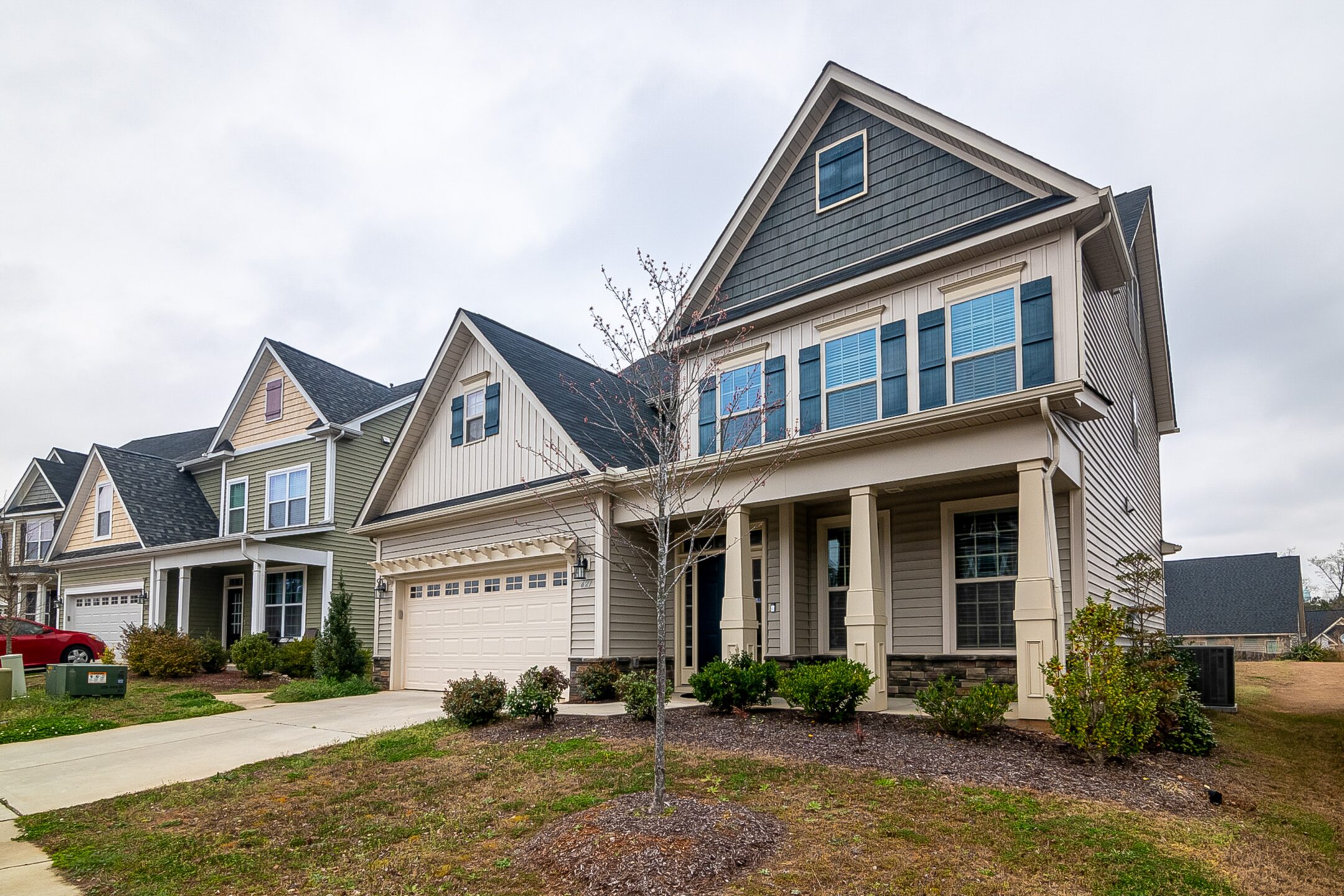Whether you are about to buy your first property or are a long-time homeowner, at some point, you may probably find yourself asking: how do I find my property line? Knowing where your boundary line ends and where your neighbours’ boundary lines begin can be a crucial piece of knowledge in the event that you are planning to renovate your home, install a fence, or address a neighbour dispute. So, how do you find your property line?
What is a Boundary Line?
A property’s boundary line dictates where one parcel of land ends and another begins. In doing so, it defines the limits and legal ownership of a piece of property.
How Do I Find My Property Line?
In Ontario, there are various ways in which a property line can be identified. If you have any questions or concerns regarding the appropriate steps to take, be sure to speak with an experienced real estate lawyer for guidance.
Review Your Property Deed
A property deed is a legal document that transfers title to a property. These documents provide information regarding the legal description and dimensions of your property, including the property’s boundaries.
To obtain a copy of your property deed, you can consult your real estate lawyers or obtain a copy of your property deed through the Ontario Land Property Records Portal.
Review Your Property’s Survey Plan
A property survey plan is a detailed document that shows the exact location of property boundaries, buildings, fences, and other structures on a property. In Ontario, there are several different types of survey plans that can identify legal property boundaries, including Surveyor’s Real Property Reports, reference plans, plans of subdivision, and topographic plans. In many cases, these documents will need to be obtained through the surveyor who created the original survey plan. For assistance obtaining these plans, consult with your real estate lawyers.
Search for Boundary Markers
When a surveyor completes a boundary survey, they will often install physical boundary markers to delineate the boundaries of a property. Search for any signs of physical boundary markers on your property or consult with a professional surveyor for assistance locating these physical markers.
Hire a Professional Surveyor
If there is a lack of clarity regarding boundary lines, you may consider hiring a professional surveyor. These professionals have the experience and tools necessary to determine where your property ends.
Talk to Your Neighbours
In some cases, speaking with your neighbours can help clear up any misunderstandings regarding property boundaries. If further assistance is required, you may even be able to “team up” with your neighbours and hire a surveyor or take other steps to get the final word on property boundaries.
Common Legal Disputes Relating to Property Lines
So, why is it important to identify your property’s boundary lines? Among other things, disputes can often arise between neighbours that relate to boundary disputes. Whether you sense a disagreement on the horizon or are amid a dispute with your neighbour, proactively properly identifying your property’s boundaries can go a long way toward protecting your property rights.
Some common examples of property disputes in Ontario include:
- Placement of, or alterations to, fences, hedges, or other structures on a property. For example, one neighbour may install a fence and the other neighbour alleges that the fence encroaches on their property.
- Access rights. It is not uncommon for neighbours to disagree on access to driveways, pathways, and other easements or maintenance responsibilities.
- Nuisances. For example, one neighbour may seek to cut down a tree that is negatively impacting their use of their property, while another neighbour may claim that the tree is located on their property.
Resolving Disputes Relating to Property Lines
Resolving disputes relating to property lines can be a challenging prospect, particularly because the parties will continue to live beside the other. Therefore, for many parties, it is important to approach these types of property disputes amicably.
Prioritize Open and Respectful Communication
It is often a good idea to start by speaking with your neighbour about your concerns. Prioritizing open and respectful communication by remaining calm, expressing your concerns, and carefully considering your neighbour’s perspective. In many cases, starting a dialogue can help prevent conflicts from arising or escalating.
Consider a Boundary Line Agreement
In some cases, you may be able to avoid or resolve a property line dispute by creating a boundary line agreement in which neighbours mutually agree on the location of their property line boundaries. These documents may also include provisions regarding responsibilities for maintenance, shared resources, and procedures for modifications. For further assistance, speak with a real estate lawyer.
Confirm Your Legal Obligations and Property Line
If a dispute escalates, or you want to proactively determine your legal obligations with respect to your property line, it is worth consulting with an experienced real estate lawyer to obtain a legal opinion regarding your specific situation and obligations.
Pursue Alternative Dispute Resolution
If you are not able to resolve your dispute by speaking with your neighbour or obtaining clarity regarding your legal rights, consider alternative dispute resolution methods to help resolve your dispute in a more cost-effective and less confrontational manner. For information on the best alternative dispute resolution methods for your case, speak with an experienced real estate lawyer.
Contact the Residential Real Estate Lawyers at Campbells LLP for Advice on Property Disputes
At Campbells LLP, our skilled residential and commercial real estate lawyers have extensive experience representing clients in the residential purchase, sale, and disputes. We provide clients with effective and efficient assistance to ensure that their real estate transaction closes smoothly and disputes are resolved in a timely manner. If you have questions about your property line, or require advice on a property dispute, contact us at (905) 828-2247 or complete our online form.

